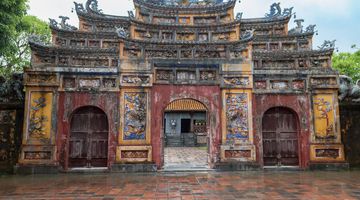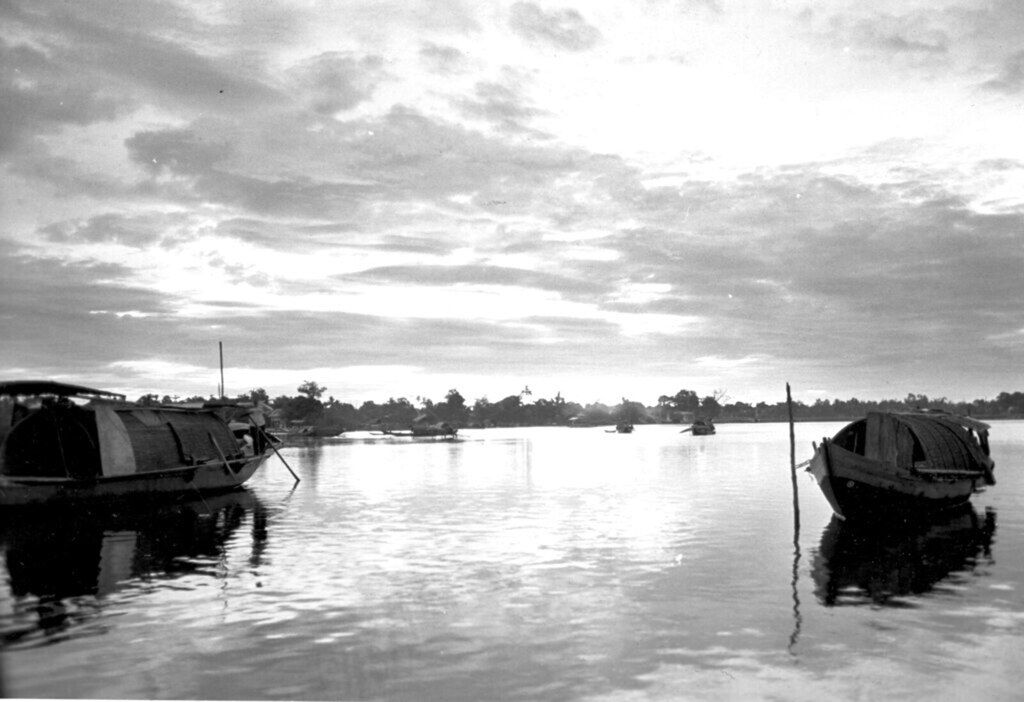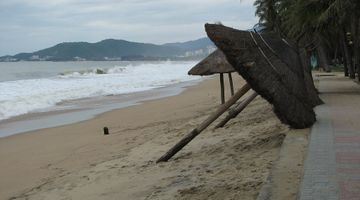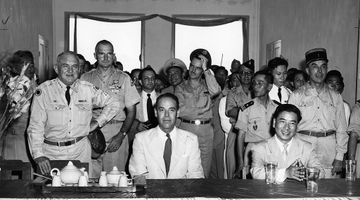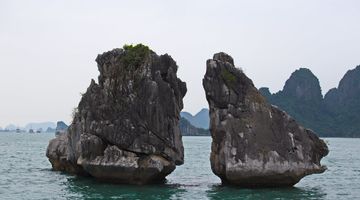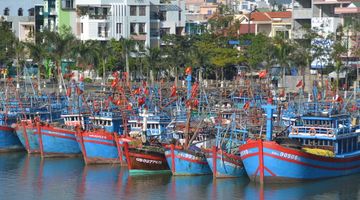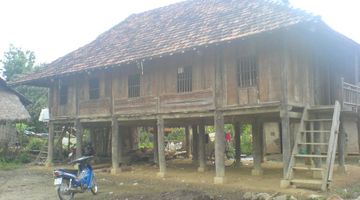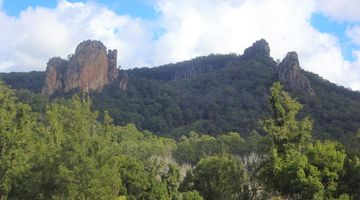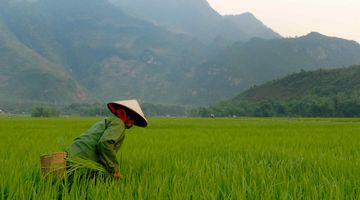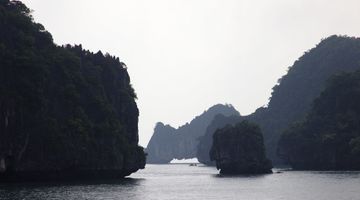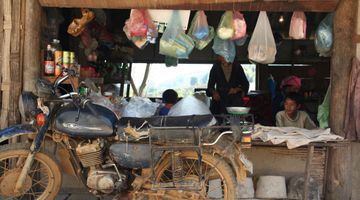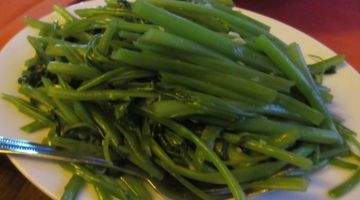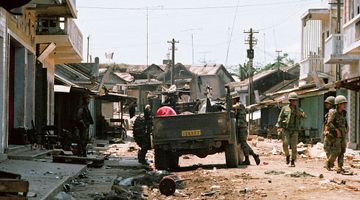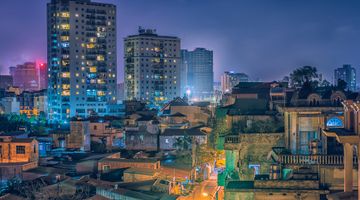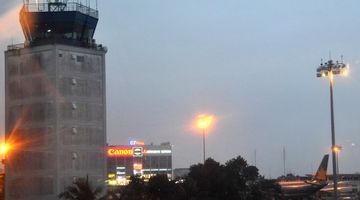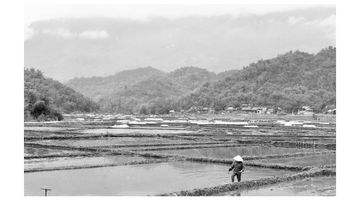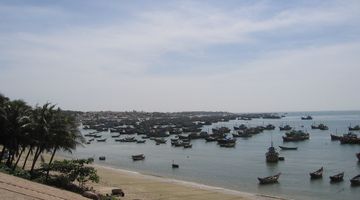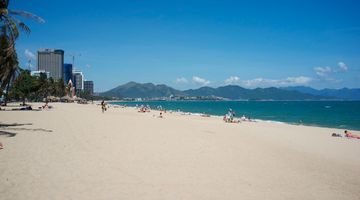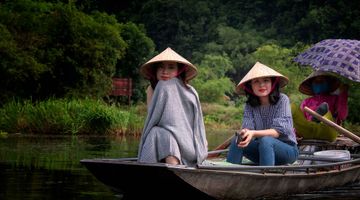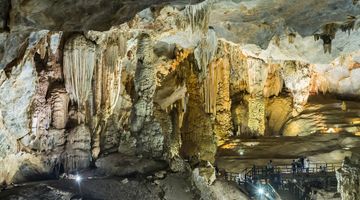Hue Sights and POI
While Hue is no longer the capital of Vietnam, this city has an ancient past that still draws in tons of history lovers and relaxation seekers alike. With aged citadel walls, towering pagodas, and ancient emperor tombs, there are hours upon hours of wandering and sightseeing to be had.
Tip: We recommend spending at least 3 days in Hue so that you don’t have to rush through all the beauty and sereneness this city has to offer.
Getting started
One of the best ways to explore Hue is on bicycles, which can be rented from numerous street-lining stalls or guesthouses. We found it convenient to group the most appealing attractions by location, and cycle out to one main area per day. For sites further away, taxis are easy to find and cheap to hire.
Walking around Hue
The number one spot on most tourists’ list (ours included) is the Imperial City of Hue itself. The walls of this citadel still remain and serve to encompass Hue’s history within them. This spot is for all the history buffs out there, or even for those who just want to spend a day wandering through the hundreds of UNESCO World Heritage Site ruins.
Our favourite was the Forbidden Purple City, where the royal family once lived. (8am–5.30pm daily; VND150,000)
Local twist
For a take on what so much of Southeast Asia is known for, include Thien Ma Pagoda on your list of sites to see. We absolutely loved the stunning views of the Perfume River and citadel from the hill this pagoda is set on. The massive octagonal tower and stand-out statues are also wonders to see. The grounds aren’t very large, so an hour or two is sufficient for taking in the views and wandering through the sanctuary.
Our favourite part about this pagoda was the serene calmness felt while high above the main city itself. Come here for some relaxation and get away from the traffic and noise for a couple hours. (8am–5pm; free)
Hue’s famous bridge
The Thanh Toan Bridge is another spot that puts Hue on most visitor’s maps. While it’s bit farther outside of the city than some of the other sites, this bridge is still definitely worth a visit.
When you think of ancient Southeast Asia, the scene you’ll find here will likely fit exactly what you’d imagine. At just 17 meters in length and stilted over lily pad filled water, you’ll certainly be taken back to ancient times while walking from one end to the other.
Stop midway for the sigh inducing view; bright green grass and history meld together for a blast from the past on this bridge. We couldn’t get enough of the sacred animal carvings spanning the length. As it’s relatively small, though, prepare for crowds during the high season. (Open during daylight hours; free)
The Perfume River
If you’re looking to stay close to the centre of Hue, spend a day meandering up and down the banks of the Perfume River. While this waterway spans up to about 80 kilometers in total, the section that passes through the centre of Hue is packed with opportunity for people watching, great food venues, tours, paddleboat rentals, and great food options.
While Perfume River isn’t its technical name, most locals and visitors alike refer to it in this way. During fall months, floral smelling petals from orchards upstream fall into the river, carrying strong perfume-like scents with them.
We rented a paddleboat to see the city from a different perspective, but even if you’re just out for a stroll, the city is chock full of temples and ancient ruins that can be seen all along the riverbanks.
If you’re visiting during the rainy season, bring an umbrella and rain jacket so you don’t have to cut your days short. We also recommend coming with a relaxed mindset, especially if you’re traveling from busy cities like Ho Chi Minh or Hanoi. The pace in Hue is perfect for stepping away from the packed cities, breathing in a little fresh air, and slowing down for a few days.
